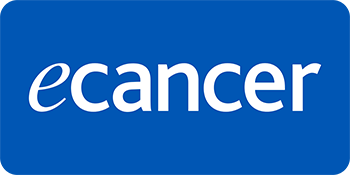Collaborative trials of co-operative groups have currently established interval compressed chemotherapy (ICC) as the standard of care, though there are concerns regarding the application of the same in low middle-income countries (LMICs). This study is a retrospective analysis of the long-term outcomes of a follow-up cohort (n = 200), constituted by patients (<15 years) with Ewing sarcoma (ES) treated with curative intent (including localised and metastatic patients) during January 2013–June 2017 on a non-dose dense chemotherapy protocol, EFT-2001. Local therapy was planned at 9–12 weeks of therapy and was delivered in all but three patients who had events before local control. At a median follow-up of 97 months (95%CI:91–103 months), 7-year event-free survival (EFS) and overall survival (OS) of the whole cohort were 55% (95%CI:49%–63%) and 69% (95%CI:63%–76%), respectively. Seven-year EFS and OS for the localised cohort were 60% (95%CI:53%–69%), 73% (95%CI:66%–80%) and for metastatic cohort were 37% (95%CI:24%–55%) and 53% (95%CI:39%–72%), (p = 0.003, p = 0.015), respectively. Non-relapse mortality was 8% (n = 16). Anthracycline dose, axial location, poor histological necrosis and older age group were associated with adverse outcomes. Cardiotoxicity was reported in 13%, with one-third developing symptomatic cardiac dysfunction. Long-term outcomes for children with ES treated on a non-dose dense chemotherapy protocol, in the setting of a higher treatment-related mortality, have relatively fair outcomes, though suboptimal compared to the ICC approach. ICC could be introduced in a phased manner in high-risk subsets in LMICs with better resources and an active nutritional rehabilitation and supportive care programme, while EFT-2001 protocol still could be a practical solution in resource-constrained settings.






